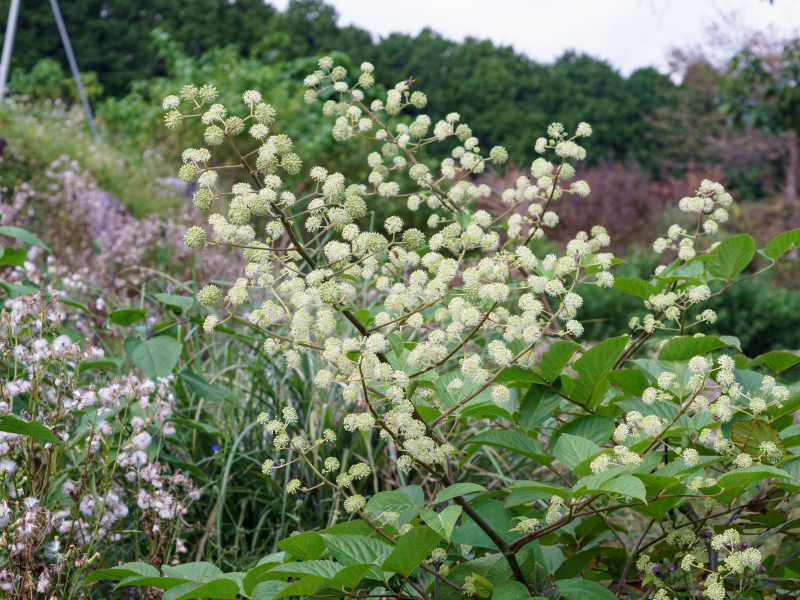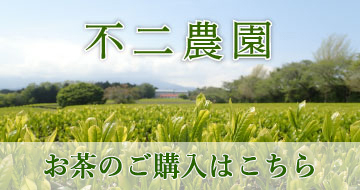フィールド日記
2025.11.07
ヤマハッカ
ヤマハッカが咲いています。林縁などによく見られるシソ科の多年草です。和名は山に生えるハッカに似た植物という意味のようです。
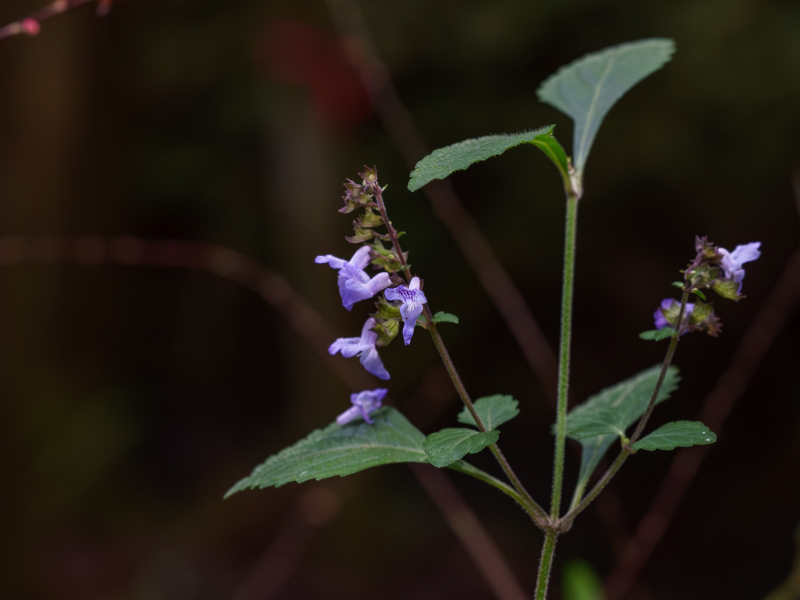
"Yama-Hakka" plants are in bloom. They are perennial plants in the Lamiaceae family that commonly grow along forest edges. The name comes from the fact that they grow in the mountains and resemble "Hakka" plants.
2025.11.04
クサギ
クサギの木が実をつけています。強い臭気のあるシソ科の落葉高木です。青紫色の果実は草木染めに用いることができます。
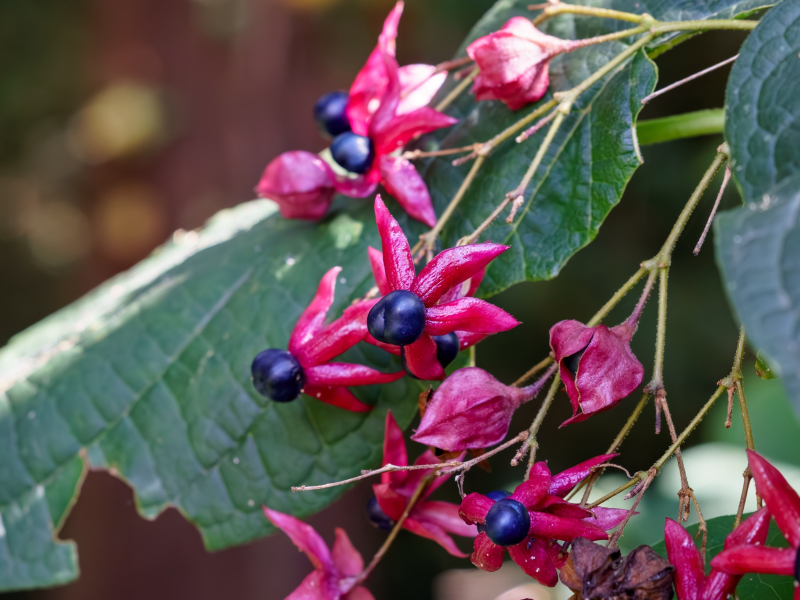
"Kusagi" trees are bearing fruit. They are deciduous trees in the Lamiaceae family known for their distinctive odor. Their blue-purple fruit can be used for natural dyeing.
2025.10.31
テイショウソウ
テイショウソウが咲いています。林内に生えるキク科の多年草です。1つの花に見える部分は、実際には3つの小花が集まっています。
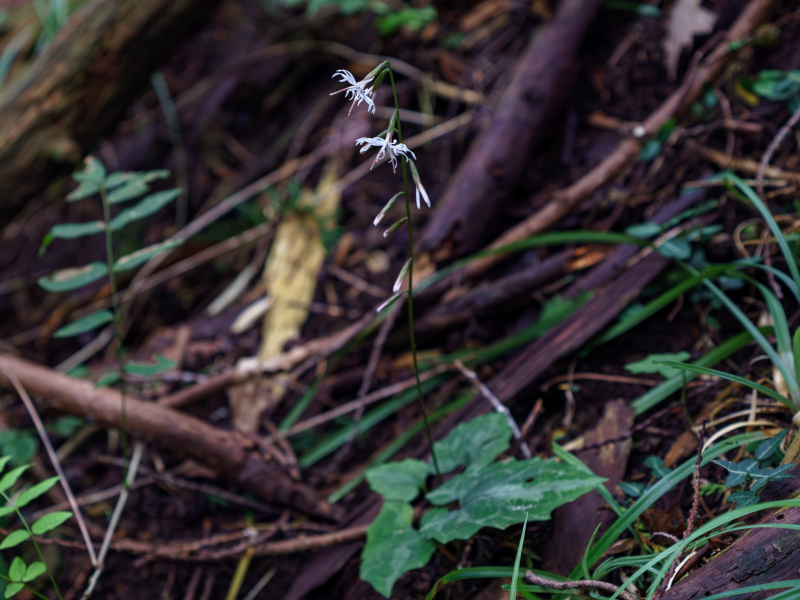
"Teishousou" plants are in bloom. They are perennial plants in the Asteraceae family that grow in forests. What appears to be a single flower is actually a cluster of three small ones.
2025.10.28
ミズヒキ
ミズヒキが咲いています。林縁によく見られるタデ科の多年草です。和名は小さい赤い花が並んだ長い花序が、飾りひもの水引に似ていることに由来します。
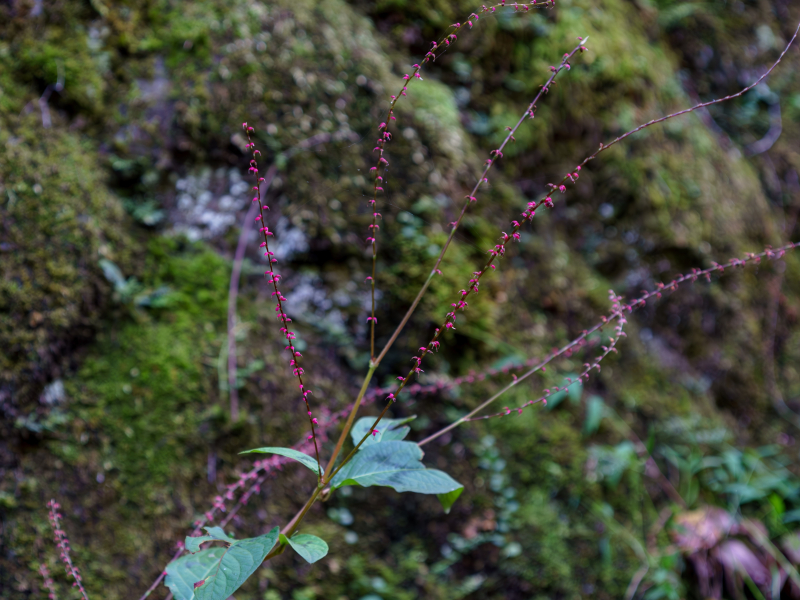
"Mizuhiki" plants are in bloom. They are perennial plants in the Polygonaceae family that commonly grow along forest edges. The name comes from the fact that their long spikes lined with tiny red flowers look like Mizuhiki, which is a traditional Japanese decorative cord.
2025.10.24
キバナアキギリ
キバナアキギリが咲いています。林内に見られるシソ科の多年草です。和名は秋に桐の花に似た黄色い花を咲かせることに由来します。
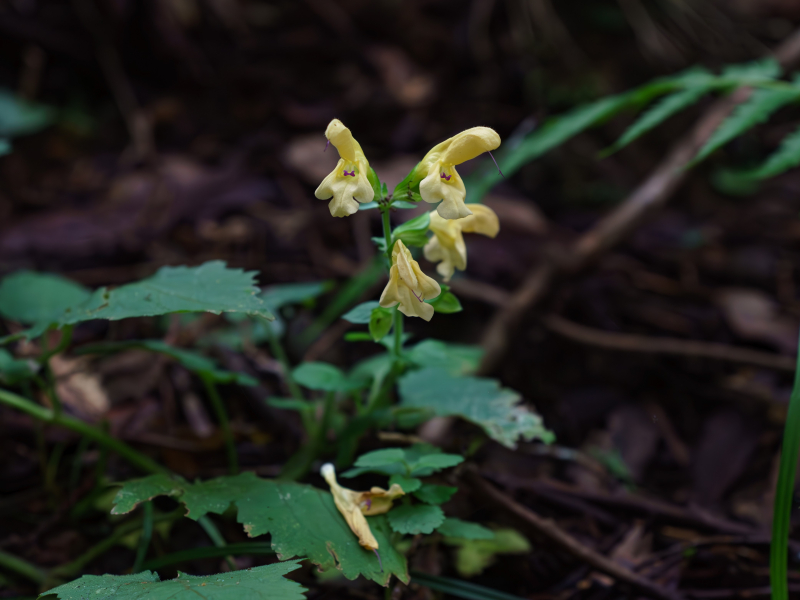
"Kibana-Akigiri" plants are in bloom. They are perennial plants in the Lamiaceae family that grow in forests. The name comes from the fact that they produce yellow flowers in fall that resemble those of the Paulownia tree.
2025.10.21
ヤブマメ
ヤブマメが咲いています。林縁などによく見られるマメ科のつる性の一年草です。通常の花の他に、蕾のまま開かずに結実する閉鎖花をつけます。
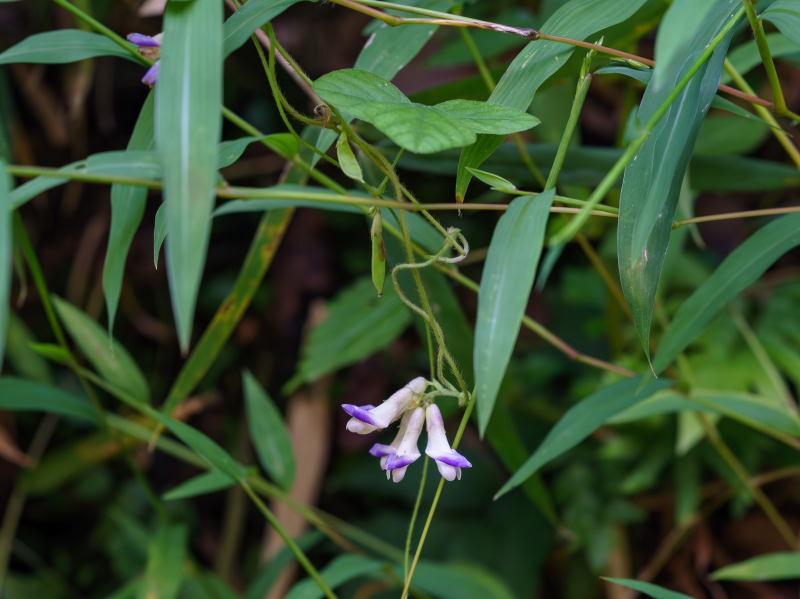
"Yabumame" plants are in bloom. They are annual vine plants in the Legume family that commonly grow along the edges of forests. In addition to their regular flowers, they also produce cleistogamous flowers, which form seeds without opening.
2025.10.17
ヒメクグ
ヒメクグが咲いています。水田や草地などによく見られるカヤツリグサ科の多年草です。多くのカヤツリグサ科の植物と同様に茎の断面は三角形です。もむと独特な甘い香りがします。
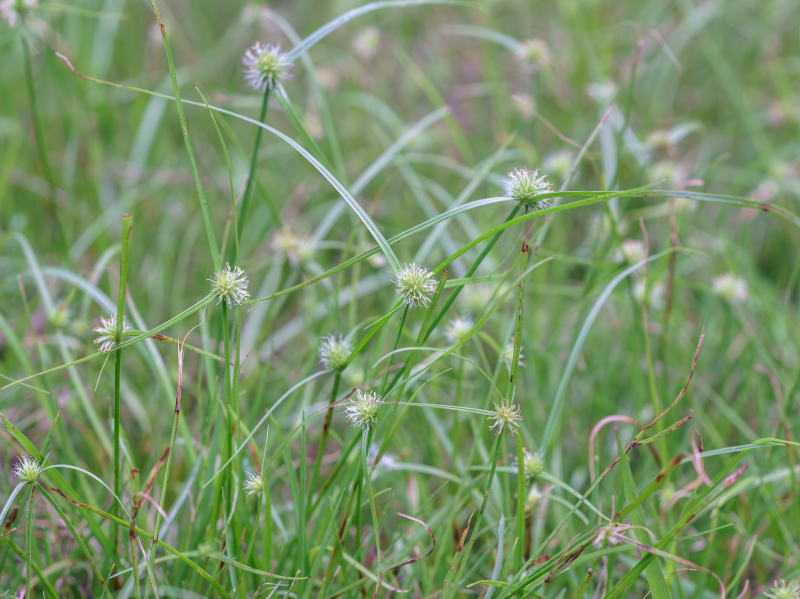
"Himekugu" plants are in bloom. They are perennial plants in the Cyperaceae family that commonly grow in rice paddies and grassfields. Like most other plants of their family, their stems have a triangular cross-section. They give off a distinct sweet scent when you rub.
2025.10.14
ネズミノオ
ネズミノオが咲いています。道端などに見られるイネ科の多年草です。和名は、細長い花序が、ネズミの尾に見えることに由来します。
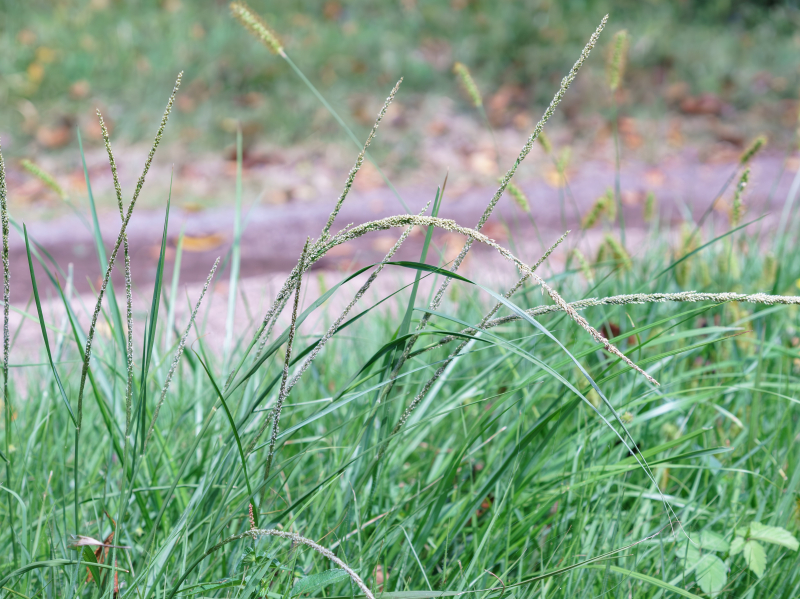
"Nezumi-Noo" plants are in bloom. They are perennial plants in the Poaceae family that commonly grow along roadsides. The name comes from the fact that their flower spikes look like a mouse’s long, thin tail.
2025.10.10
エノキグサ
エノキグサが咲いています。道端などに普通に生えるトウダイグサ科の一年草です。和名は、葉がエノキという木の葉に似ていることに由来します。
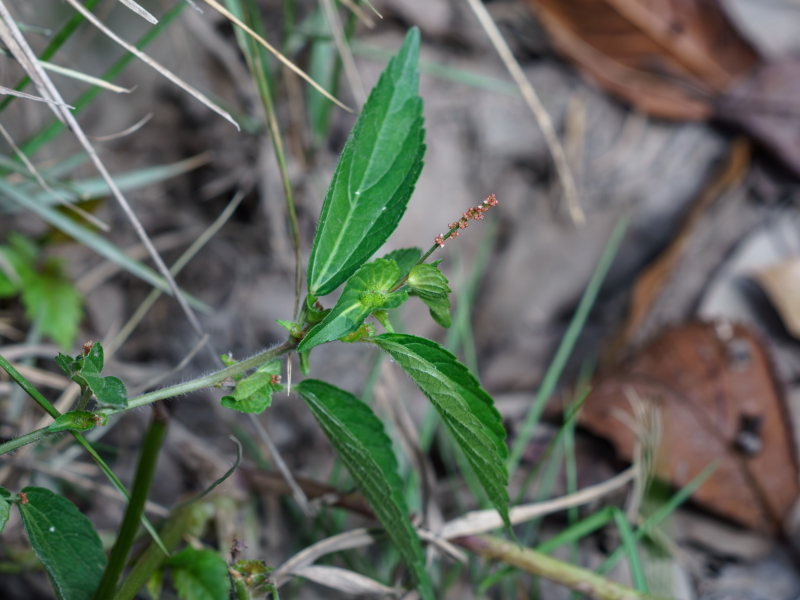
"Enoki-Gusa" plants are in bloom. They are annual plants in the Euphorbiaceae family that commonly grow along roadsides. The name comes from the fact that their leaves look like those of the Enoki tree.


